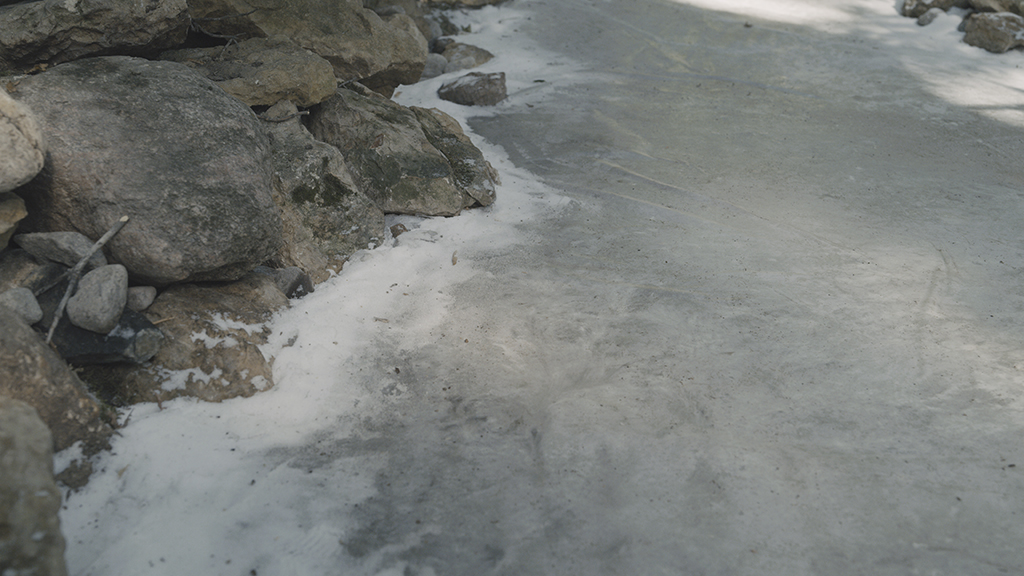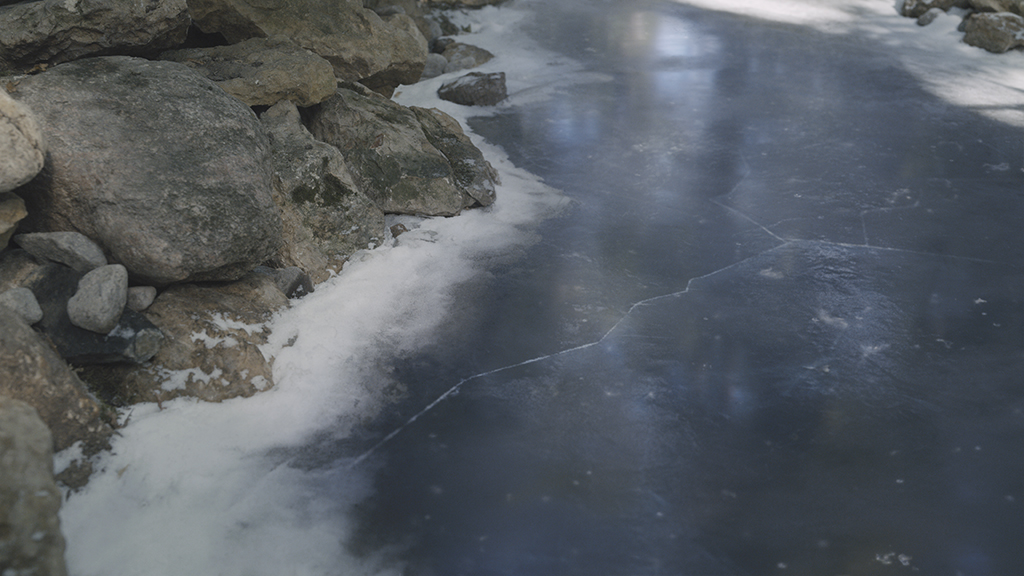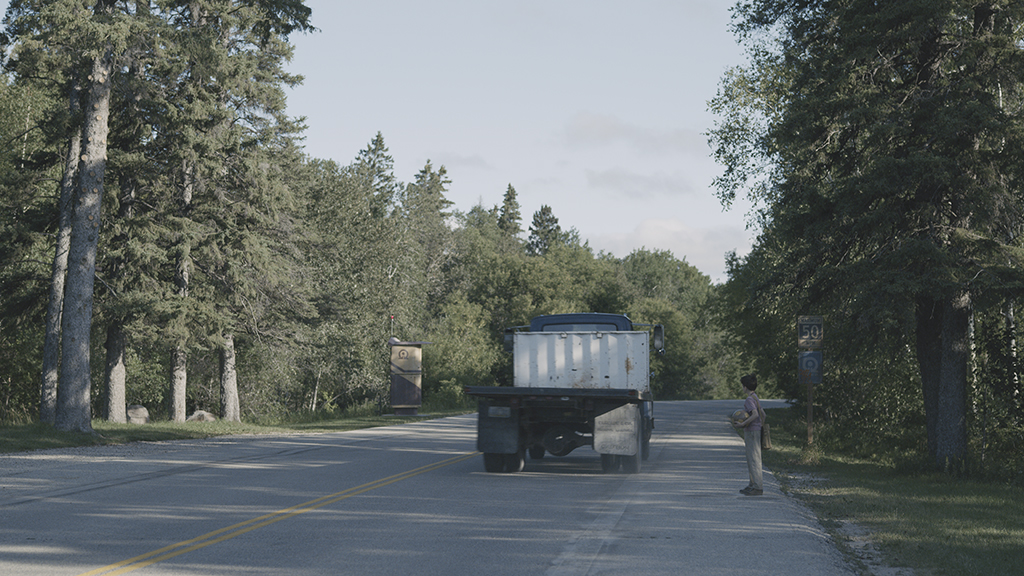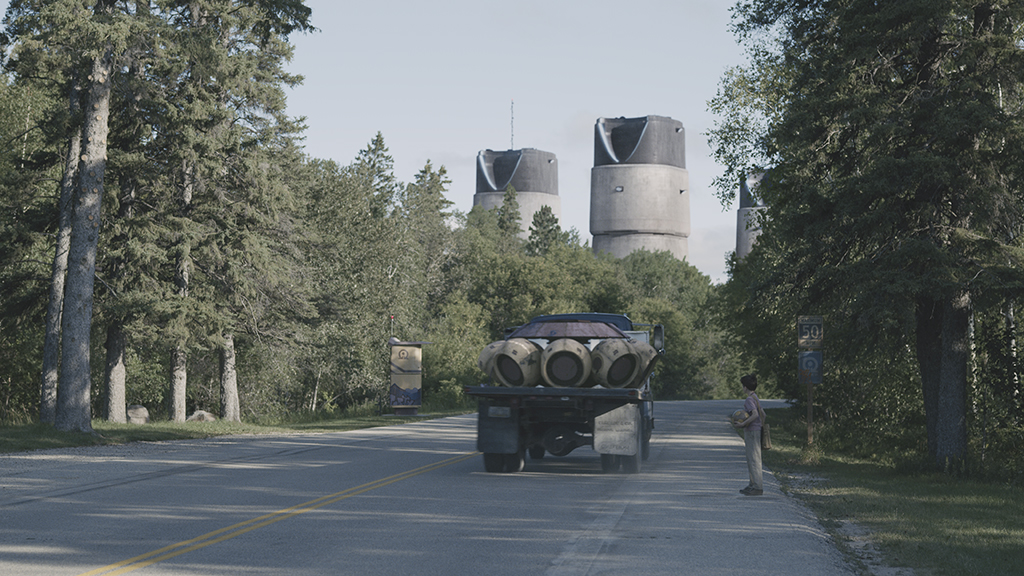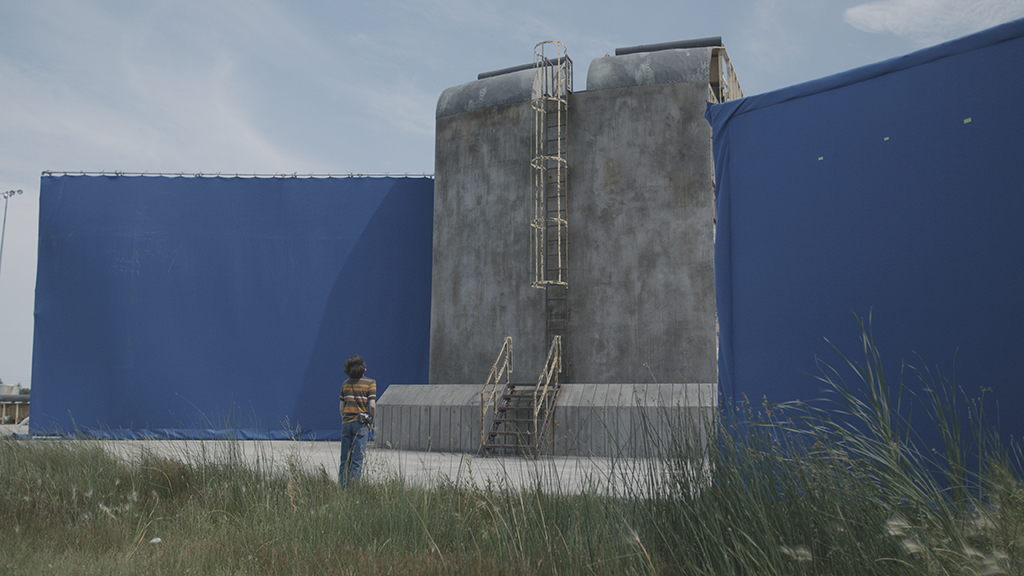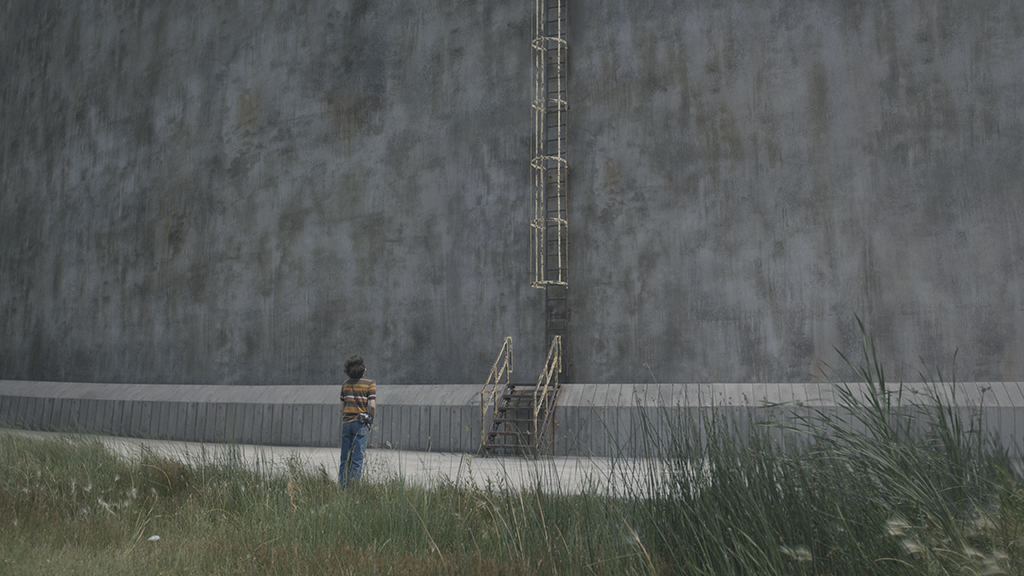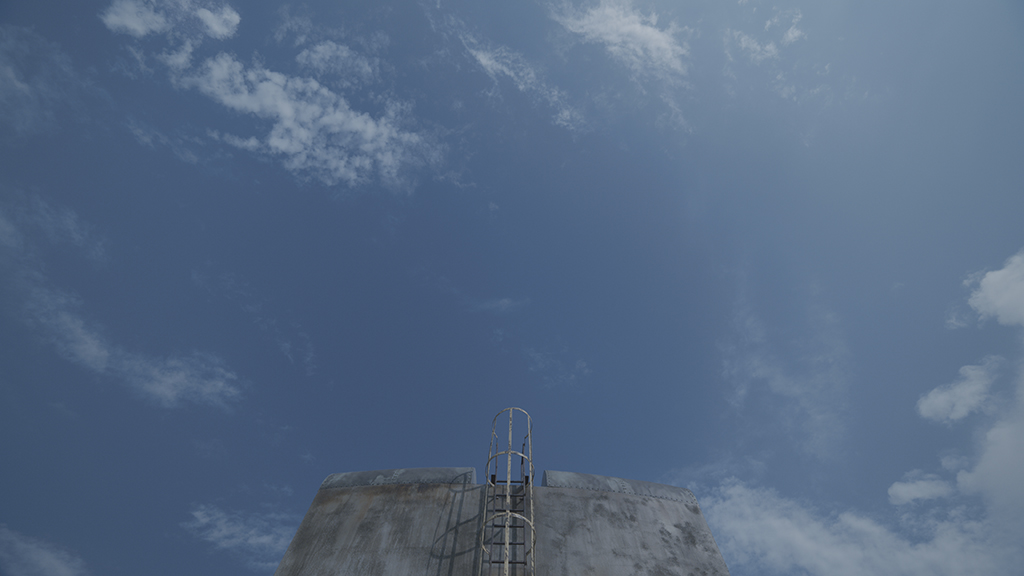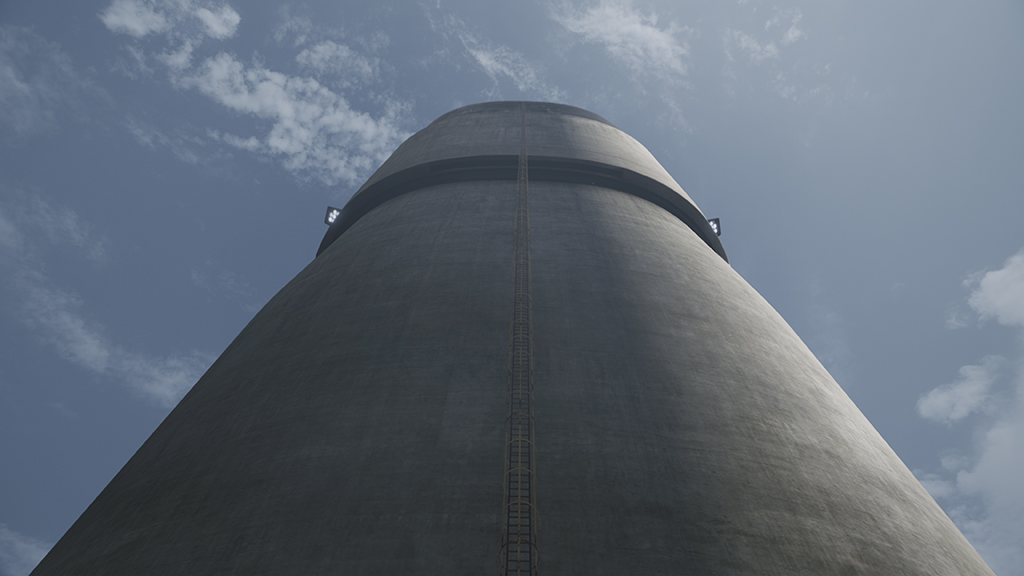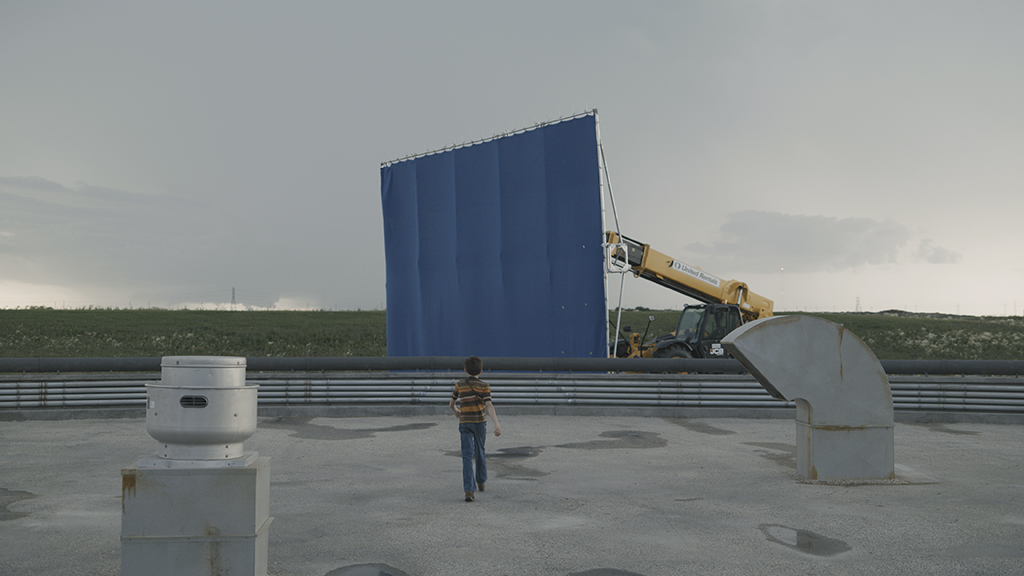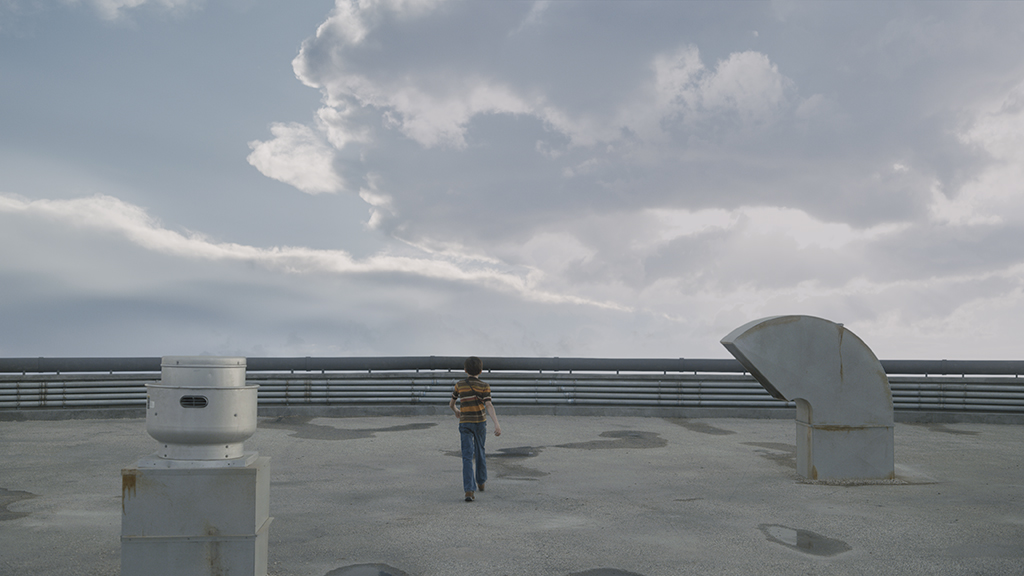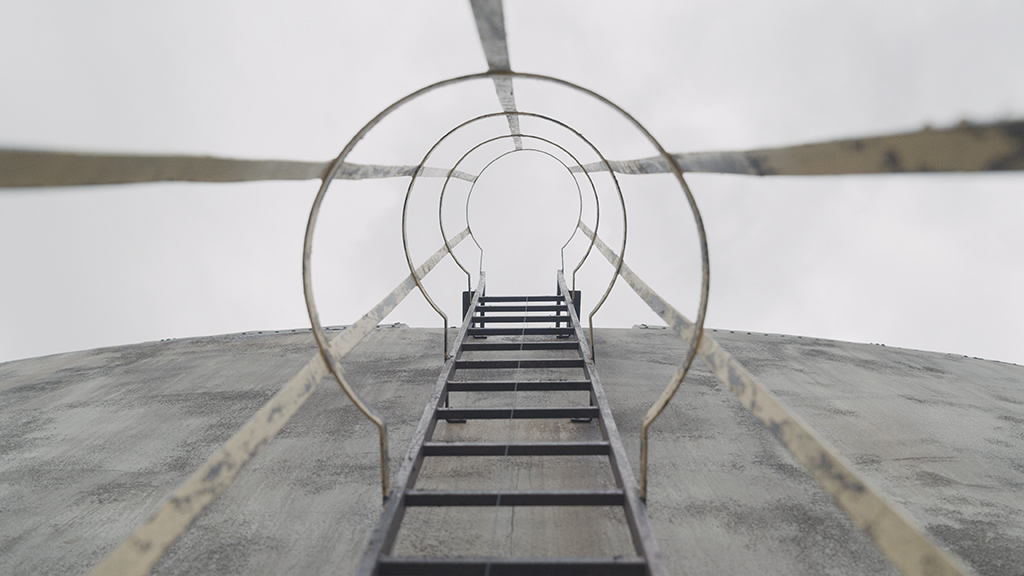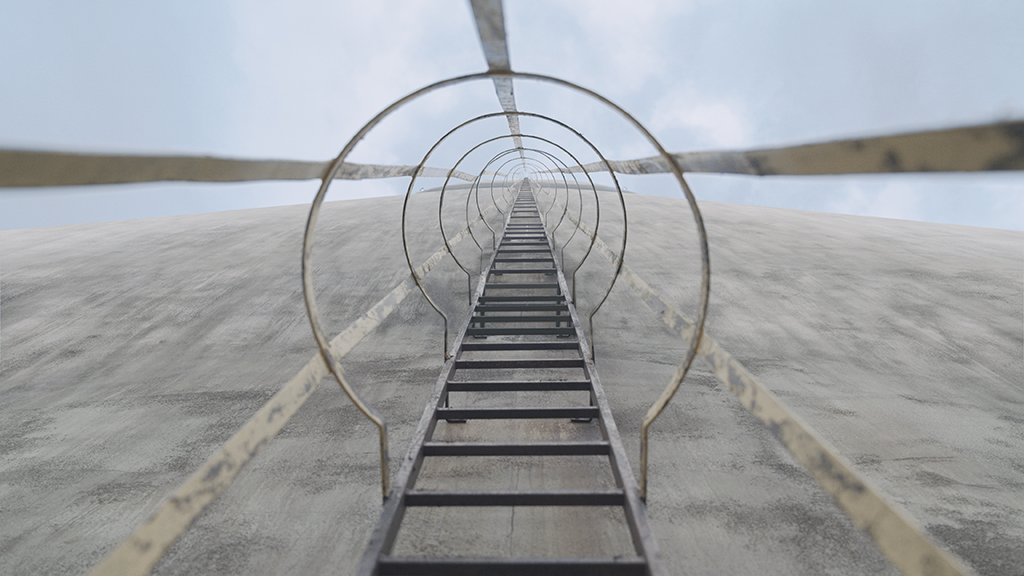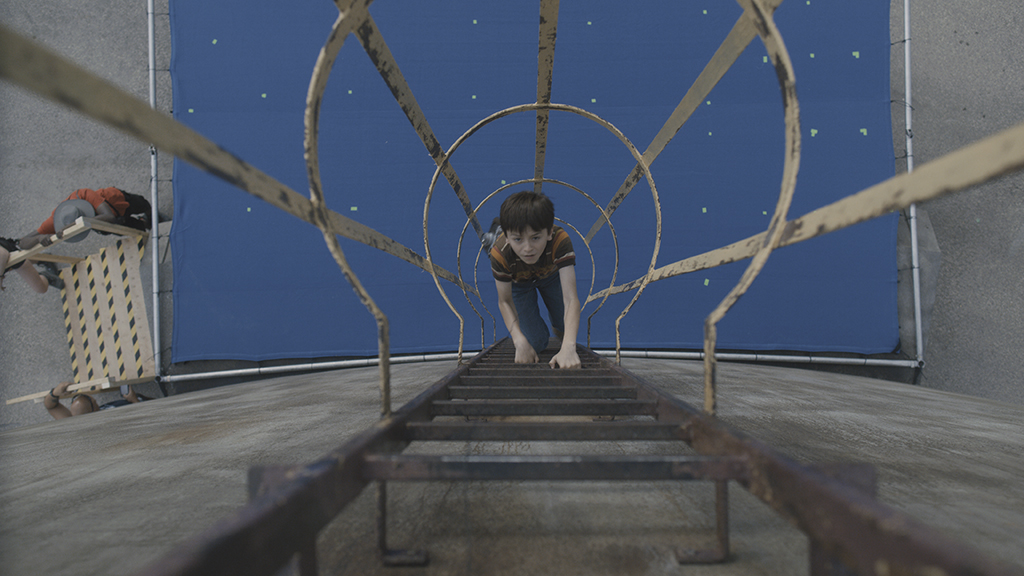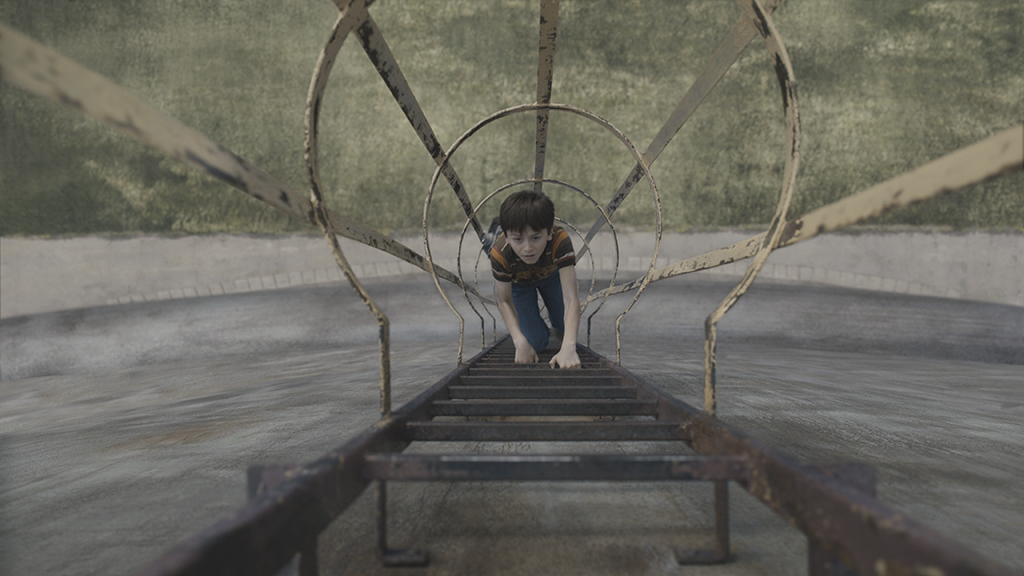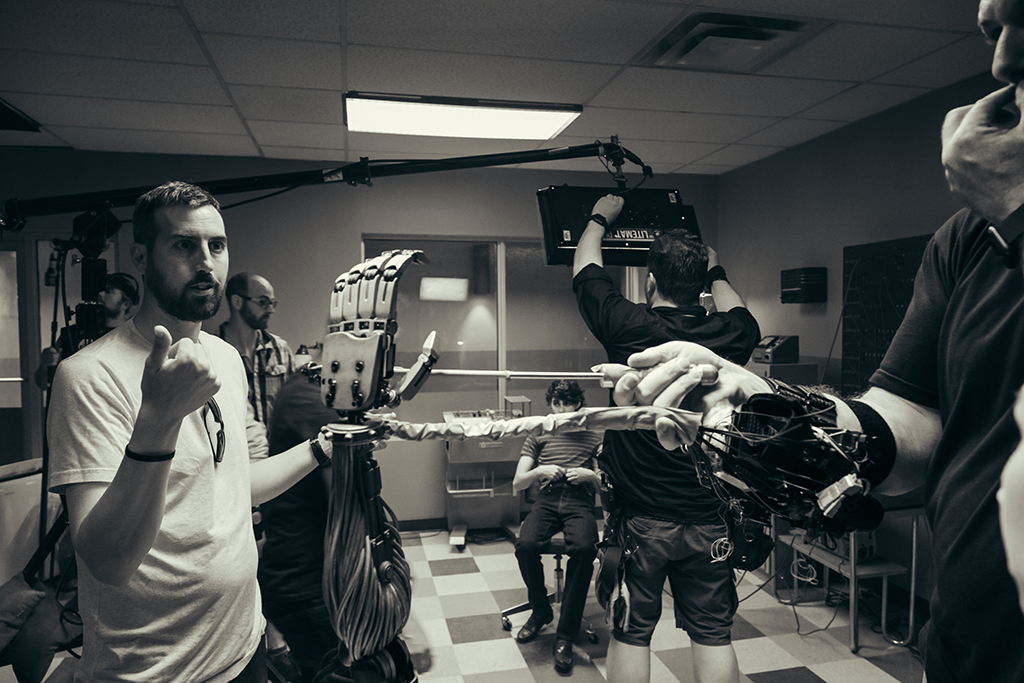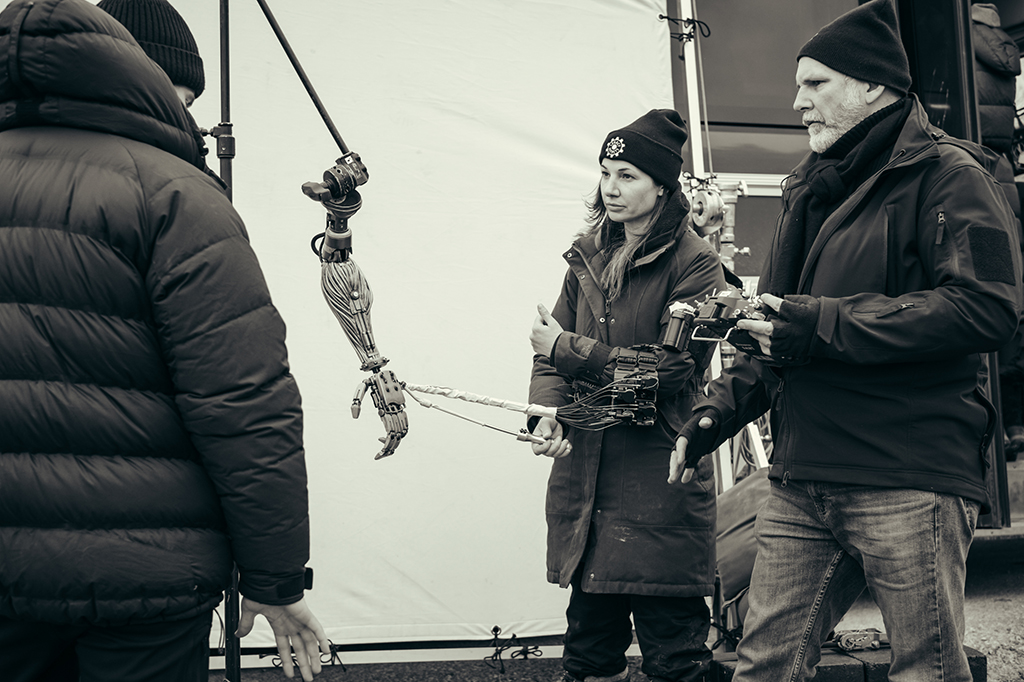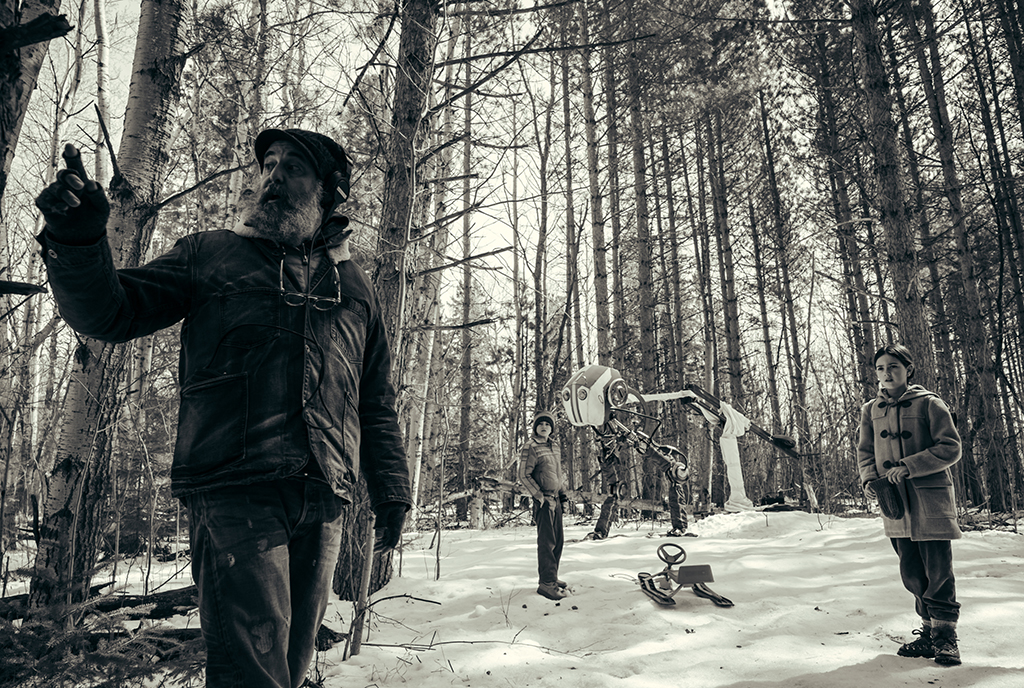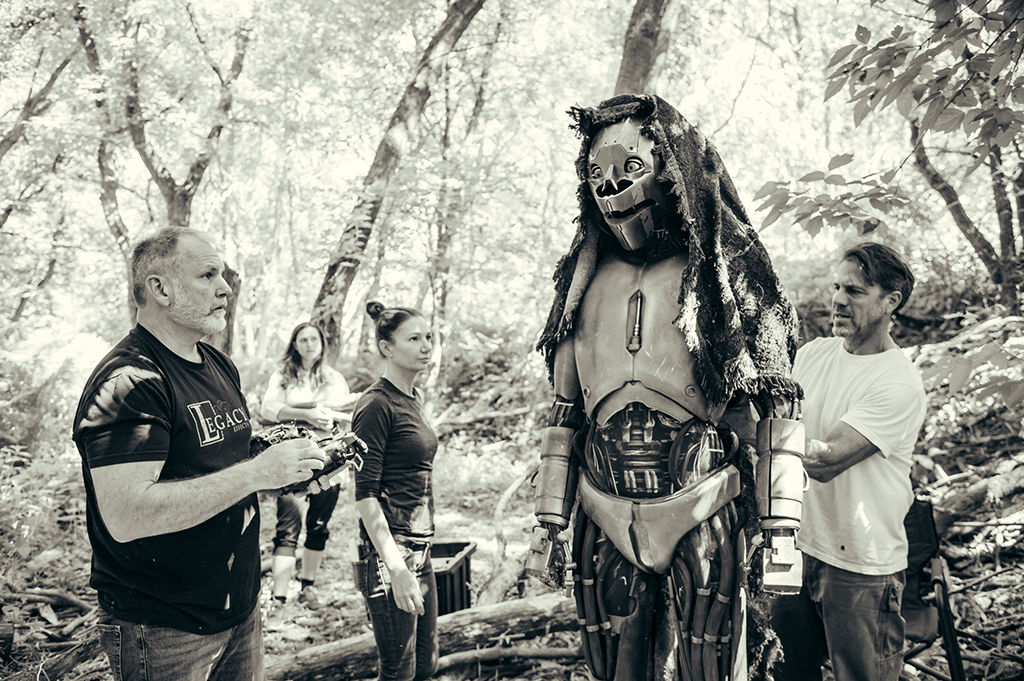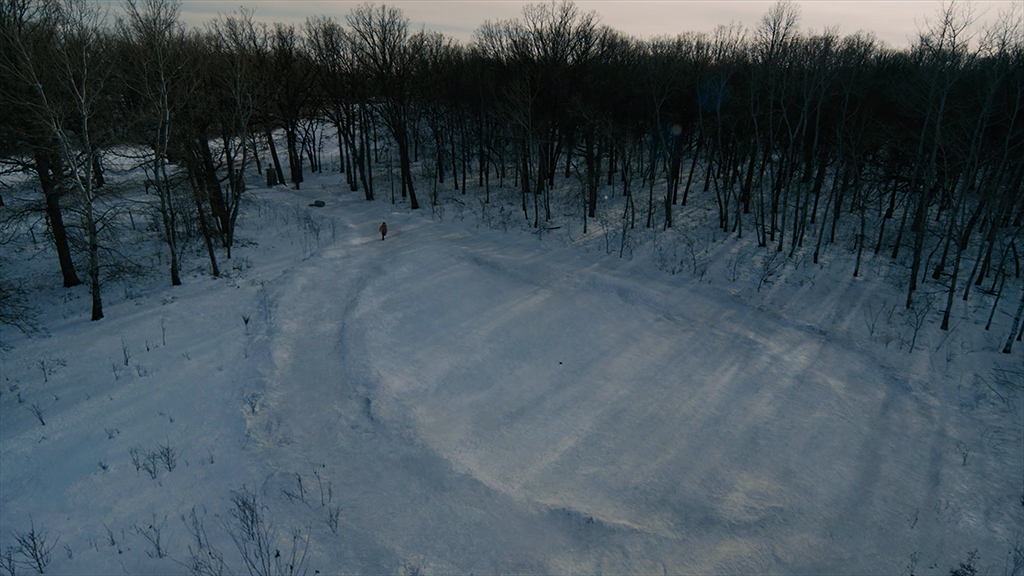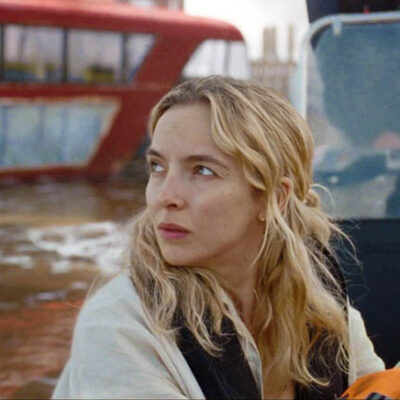The art and stories in author/painter Simon Stålenhag’s Tales from the Loop have likewise informed and inspired Amazon Prime’s adaptation, which for its first season delivers eight interconnected episodes. Set in an alternate version of the 1980s, one where the Mercer Center for Experimental Physics has built experimental apparatus, dubbed ‘the Loop,” which generates all manner of manifestations, ranging from the physical to spatial and temporal events, some of which turn up in the surrounding area as magical and potentially very dangerous artifacts. Showrunner Nathaniel Halpern’s (Legion) take on Stålenhag’s material captured the interest of many filmmakers, with acclaimed directors including Jodie Foster, Mark Romanek and Andrew Stanton each signing on to helm episodes.
VFX Producer Andrea Knoll (Stranger Things) met with Halpern and the show’s producers to discuss his overall vision for the series. “I did a breakdown on each script for what we imagined would be the VFX end of things,” she recalls. “You get some idea up front of what the issues will be in terms of shot count and the breadth of work, but it’s equally interesting down the line to discover the surprises that you didn’t imagine would require VFX – which is why we were touching nearly every shot in some shows. Every episode was very different, each with its own unique set of challenges.
“Since we had Simon’s source material as well as Nathaniel’s scripts,” she continues, “those helped ground things in a way that mandated a more intimate and emotional approach to storytelling. In order to maintain the necessary level of simplicity and subtlety, that meant not pushing things like the robots too far into Transformers territory, because that wouldn’t fit with Simon’s vision or Nathaniel’s. Instead, we tried to achieve more with less, which was a really exciting challenge, thinking outside the box from what is typically done currently with animation. The work also had to withstand more than the typical level of viewer scrutiny, with numerous shots running up to two minutes in length.”
Legacy Effects built a variety of practicals that saw extensive action on set, while, to accomplish the necessary post magic, Knoll engaged the services of MPC, BOT VFX and primary vendor Rodeo FX. “I got Rodeo to start building assets for later episodes while work was still going on for the pilot,” she reports. “That was only possible because the scripts were already done – which I thought was an amazing early development!”


